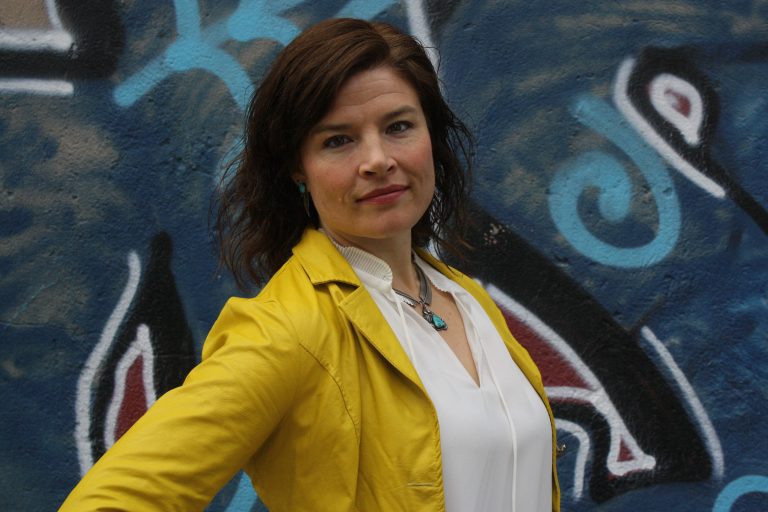Research Associates  F. LeRon Shults and Ross Gore, Executive Director Wesley J. Wildman, Post-Doctoral Fellow Justin Lane and Co-Authors
F. LeRon Shults and Ross Gore, Executive Director Wesley J. Wildman, Post-Doctoral Fellow Justin Lane and Co-Authors
2017 Social Simulation Conference in Dublin, Ireland
September 2017
Abstract: Empirical findings from psychology and social science suggest that both individual and contextual factors play a role in shaping the levels of religiosity and violence in any given population. But what is the causal relationship between religion and violence? A wide variety of disciplines are contributing to a rapidly growing body of literature that bears on this question. What is still lacking, however, is the integration of such findings within a comprehensive model. We begin to tackle this task by constructing an agent-based computational model whose architecture is informed by several empirically validated theories about the role of religion in intergroup conflict. Our results identify some of the conditions and mechanisms that engender mutually escalating religious violence. We conduct trace validation to show that these conditions and mechanisms correspond to the findings of relevant theories. Face validation indicates the model is able to simulate the emergence of conflicts that fit real world data. The model’s capacity to generate the macro-level emergence of mutually escalating religious violence from micro-level agent behaviors and interactions provides the foundation for evaluating its capacity for predicting such violence.


